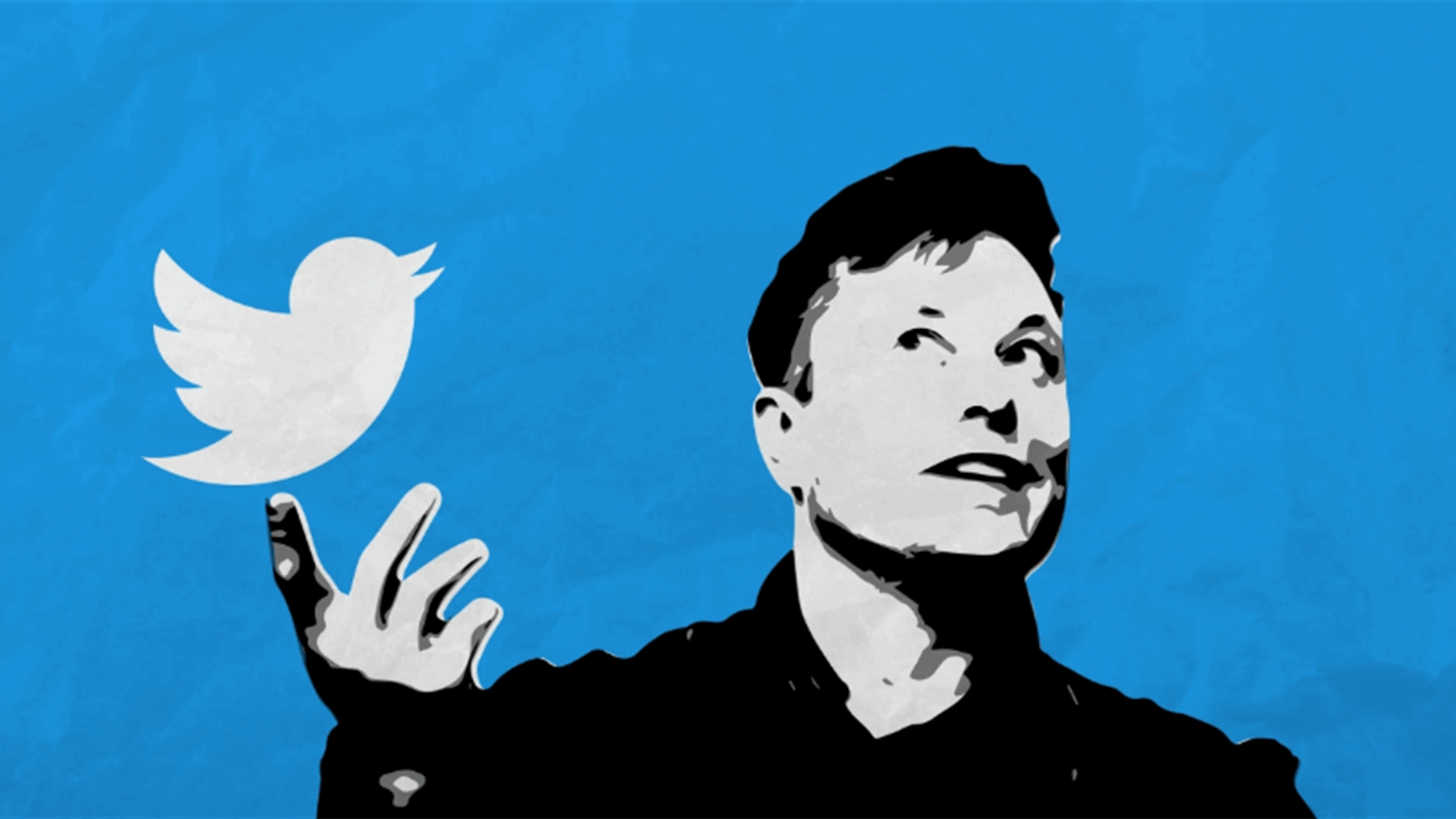Twitter seemingly now requires all advertisers to have a verified checkmark
As Twitter’s legacy blue check mark system finally comes to an end, the social network’s new paid-for verification system is causing more than a little chaos, with CEO Elon Musk himself stepping in to pay for some celebrities’ verification when they refuse to do so.

However, another little nugget to emerge from the carnage today is that anyone looking to advertise on Twitter will now seemingly have to have a verified account.
Several Twitter users, including social media guru Matt Navarra, have posted screenshots of an email reportedly sent by Twitter, which states that starting from April 21 (today), verified checkmarks are required to continue running ads on the platform.
While Musk has been pushing subscriptions as a core money-driver as advertisers fled the platform, it’s clear that Twitter still wants (and needs) advertising dollars. The platform’s top advertisers, those spending $1,000 each month, already receive an official gold check-mark gratis, indicating that they are an official business account.
There is nothing official yet on Twitter’s ads account pages to indicate that only verified accounts will be able to advertise, but there is some sense in requiring verification for advertisers if it reduces spam or deters other bad actors from the platform. However, for this to be properly effective, it would surely need rigorous vetting beyond requiring a credit card and phone number, while the $8 monthly fee is not a major deterrent in itself.
Moving forward, it seems that anyone wanting to post an ad or promote a tweet will have to cough up $8/month for Twitter Blue, or $1,000 per month to be recognized as a verified organization. One exception here will likely be accounts with a grey checkmark, which are reserved for official government and related accounts, such as agencies, embassies, parliaments and so on.
At any rate, it’s difficult to see how this move will do anything other than dissuade advertising spend on Twitter.
TechCrunch reached out to Twitter for comment, but at the time of writing we have yet to receive a response (aside from the customary poop emoji, of course).


